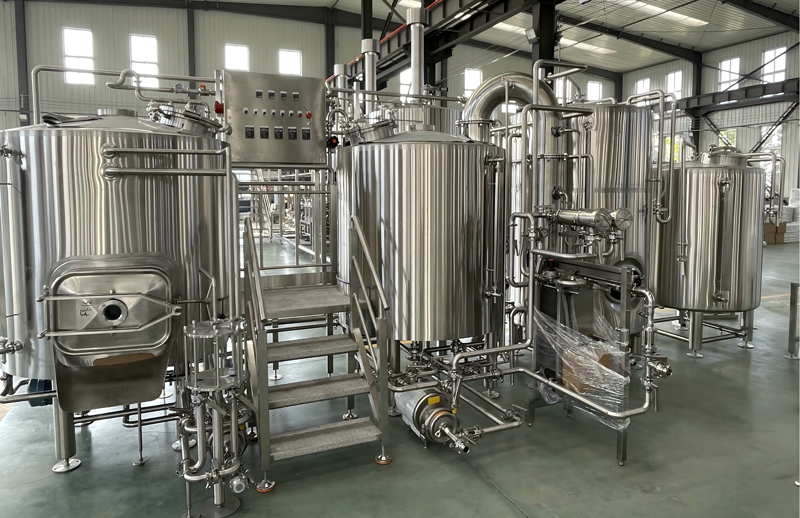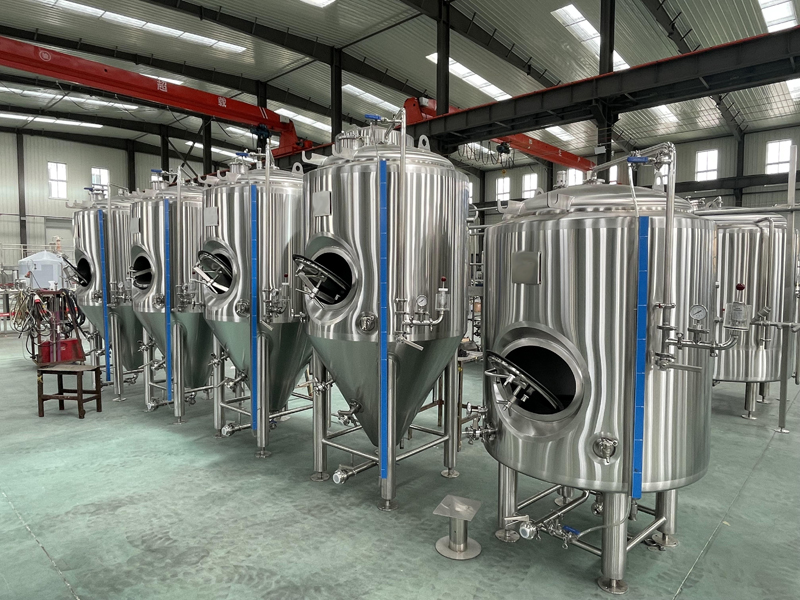1. Sanitization: Ensure all equipment and tools are properly sanitized to prevent contamination.
2.Temperature Control: Maintain the correct temperature for mashing, boiling, and fermentation to avoid undesirable flavors or spoilage.
3. Proper Ventilation: Ensure good ventilation to avoid buildup of harmful gases, especially CO2.
4. Protective Gear: Wear protective gear like gloves and safety goggles when handling chemicals or hot liquids.
5. Accurate Measurements: Use precise measurements for ingredients to maintain consistency and quality.
6. Storage: Store ingredients in a cool, dry place to prevent spoilage or contamination.
7. Labeling: Clearly label all containers to avoid mix-ups and ensure correct usage.
8. Handling Hot Liquids: Use caution when dealing with hot liquids to avoid burns and spills.
9. Pressure Management: Ensure proper pressure management in fermentation tanks to avoid explosions or leaks.
10.First Aid: Have a first aid kit readily available in case of accidents.

1.Fermentation Process: Yeast is responsible for fermenting the sugars present in the wort, producing alcohol and CO2.
2.Flavor Contribution: Different yeast strains contribute unique flavors and aromas to the beer, significantly impacting its final taste profile.
3.Beer Styles: Yeast selection is crucial in defining beer styles, such as ales, lagers, and specialty beers.
4.Consistency: Using the same yeast strain ensures consistency in the flavor and quality of the beer batch after batch.
5.Aroma Development: Yeast produces esters and phenols during fermentation, which contribute to the beer's aroma and complexity.
6.Alcohol Production: The primary role of yeast is to convert fermentable sugars into alcohol, making it essential for beer production.
7.CO2 Production: Yeast generates carbon dioxide during fermentation, which is important for the beer's carbonation.
Yeast is often called the backbone of beers because it plays a fundamental role in transforming wort into beer, influencing not only the alcohol content but also the taste, aroma, and overall character of the final product.

 Jinan Alston Equipment Co.,Ltd.
Jinan Alston Equipment Co.,Ltd.